3 Ways To Fix Tilting In Your Backswing
Golf tips
A very common fault with players of all levels is that they tilt during their swing rather than rotate. Tilting will have an effect on swing plane, the correct transition (downswing start), striking the ball solid, as well as a possible cause for ...
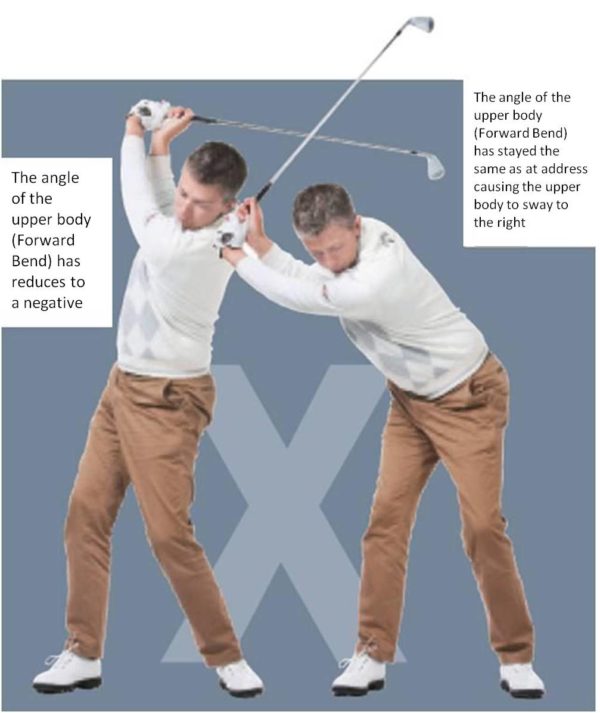 A very common fault with players of all levels is that they tilt during their swing rather than rotate. Tilting will have an effect on swing plane, the correct transition (downswing start), striking the ball solid, as well as a possible cause for injuring if you play with this movement for a long time. If coaches or friends have told you that you have too much weight on you left foot in the backswing, or that you are reverse pivoting, or you are lifting your arms and not turning, then these are signs that you are tilting your upper body.
A very common fault with players of all levels is that they tilt during their swing rather than rotate. Tilting will have an effect on swing plane, the correct transition (downswing start), striking the ball solid, as well as a possible cause for injuring if you play with this movement for a long time. If coaches or friends have told you that you have too much weight on you left foot in the backswing, or that you are reverse pivoting, or you are lifting your arms and not turning, then these are signs that you are tilting your upper body.
What is a Tilt?
A tilt is when the angle of the upper body goes into minus during the backswing. We call this angle “forward bend”.
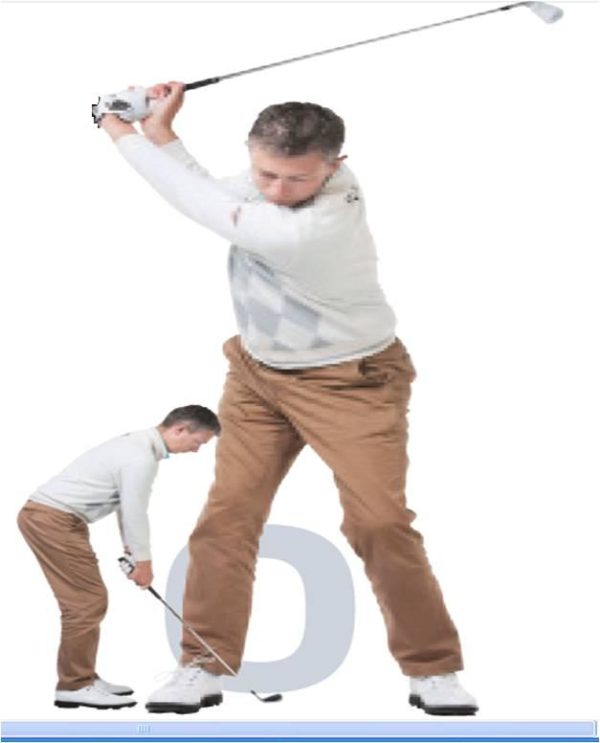 At address in a normal posture, you should be bent forward from your hips (forward bend) about 40 degrees.
At address in a normal posture, you should be bent forward from your hips (forward bend) about 40 degrees.
- As you turn in your backswing, if you were to keep the forward bend 40 degrees to the top of your backswing, you would see that your upper body would be too much to the right side of the ball, clearly a position that is difficult to consistently hit solid shots from.
- In the correct backswing pivot, the forward bend should reduce so that your upper body can stay closer to centre, but the angle should still stay in positive numbers, between 5 – 15 would be normal for top players.
- A tilt will happen when the forward bend becomes negative. This can cause bad weight transfer, arms that lift and get steep, bad sequence to the downswing, inconsistent impact, and also injury.
3 Causes & 3 Fixes
1 – Hip Sway
If your hips sway to the right in the backswing, a likely effect will be a reverse tilt in your upper body. Think what would happen if you pushed the bottom of a tall building to the right, where would the top of the building go?
The Fix
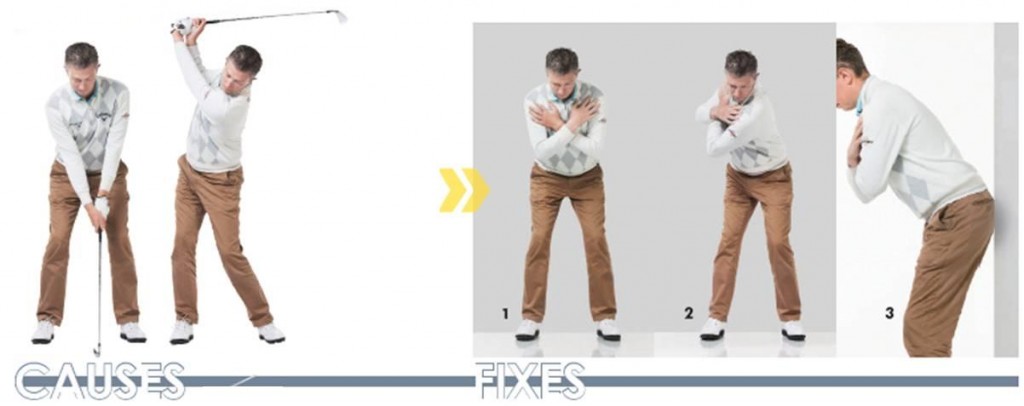 To fix your hip sway, you need to learn to rotate your hips rather than slide them. Follow this exercise to learn the feeling:
To fix your hip sway, you need to learn to rotate your hips rather than slide them. Follow this exercise to learn the feeling:
- Without a club, stand against a wall so that your backside is lightly touching the wall.
- Start your turn by turning your shoulders and letting your hips follow.
- As your hips start to turn, feel them sliding along the wall TOWARDS the target. This is correct if you are rotating, not sliding.
- Repeat the movement as much as you need to learn the feeling. The movement should be exactly the same when you hit shots.
2 – Pelvic Tilt
A common fault is what we call an S Shape posture; this is where you have too much pelvic tilt at address, creating an arch in your lower back. When you make a turn with your pelvis tilted down too much, and an arch in your back, it will create a tilt to your upper body.
The Fix
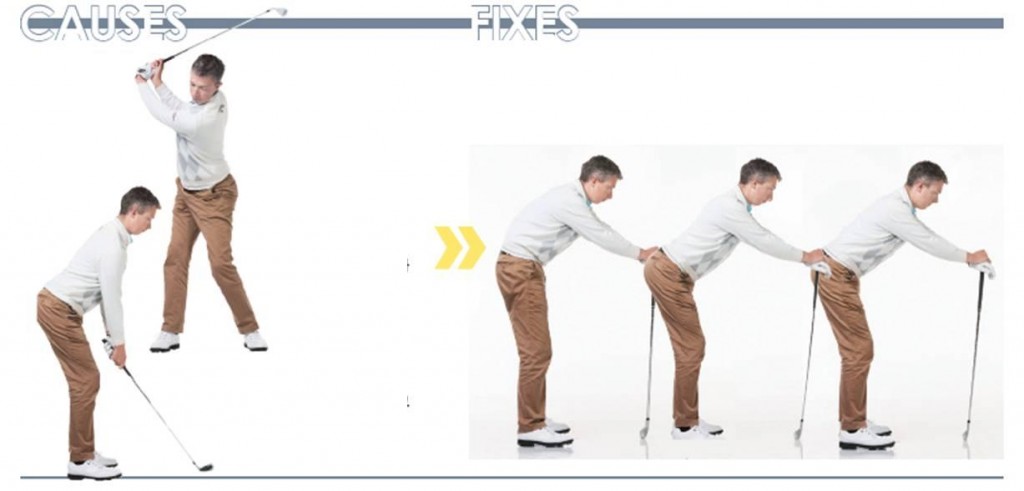 If you can create the correct pelvic tilt at address, and maintain it during the backswing, you will fix your tilt. Follow this address exercise:
If you can create the correct pelvic tilt at address, and maintain it during the backswing, you will fix your tilt. Follow this address exercise:
- Standing side on to a mirror, lean forward from your hips around 40 degrees, resting both your hands on top of a long iron or wood.
- Learn to control your pelvic angle so that you can round your lower spine.
- Now, Arch your lower spine.
- Now that you can control this movement, you should be able to put your lower spine in neutral position (flat) which is the desired position.
3 – Badly fitted clubs when you were younger
Very often, junior golfers will use clubs that are too long and too heavy for them when they are young. The weight of the long heavy club simply pulls their upper body out of the forward bend position at the top of the backswing. This creates a habit so even when they become strong enough and are using the correct clubs, the tilt remains.
The Fix
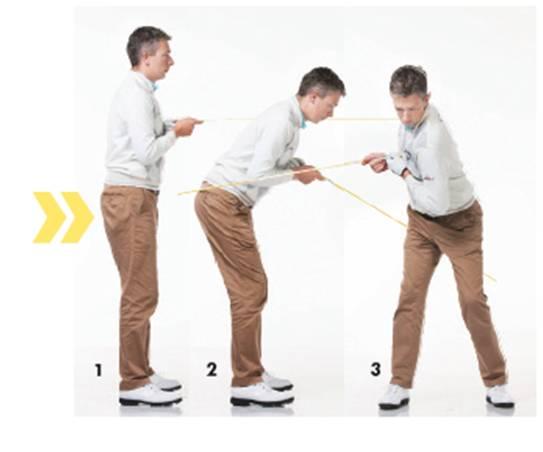 This is a simple exercise to follow to teach yourself how to keep your forward bend angle in the backswing and the feeling of the correct movement. This exercise is good for anyone who is tilting, not just someone who had badly fitted clubs.
This is a simple exercise to follow to teach yourself how to keep your forward bend angle in the backswing and the feeling of the correct movement. This exercise is good for anyone who is tilting, not just someone who had badly fitted clubs.
- Stand up straight holding a club or stick from your chest at 90 degrees.
- Bend forward into your address posture so the angle is around 40 degrees.
- Turn to the right keeping the angle of the stick below 0 degrees.

